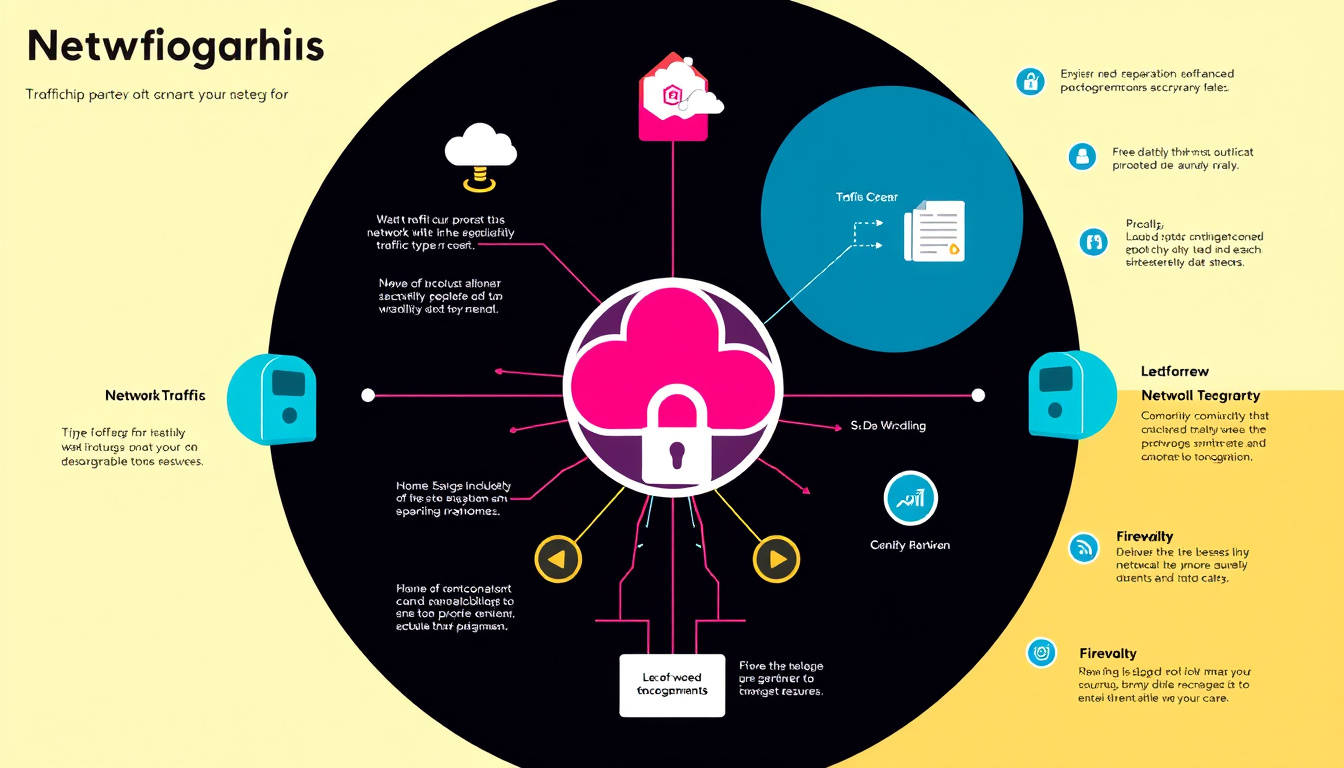In today’s digital landscape, the efficient management and segregation of network traffic types is essential for maximizing performance and security. Whether in a corporate environment, a school, or even a home lab, separating different types of network traffic can help optimize resources and maintain a secure network environment. This article will explore effective methods to achieve traffic separation, focusing on the use of VLANs (Virtual Local Area Networks), firewall configurations, and other strategies that cater to varying network needs.
Understanding Traffic Types
The first step in separating network traffic is gaining clarity on the types of traffic that traverse a network. Common categories include:
- Administrative Traffic: Used by IT personnel for network management and configurations.
- User Traffic: Comprised of everyday usage by employees or residents in a shared environment.
- IoT Traffic: Represents devices connected to the Internet of Things, such as smart home devices, cameras, and smart TVs.
- Guest Traffic: Network access for visitors or temporary users, often requiring stringent security measures.
- Education Traffic: Specific to institutions, involving students, faculty, and administrative uses.
Each of these traffic types has different requirements and security implications. Understanding these distinctions is crucial when designing a network that can effectively manage them.

Leveraging VLANs for Traffic Separation
VLANs are a powerful tool for isolating different types of network traffic. By creating virtual networks within a single physical network infrastructure, you can manage and control the flow of traffic more effectively. Here’s how you can use VLANs:
-
Segmentation: Assign different VLANs for different user groups, such as administrative staff, students, and guests. This prevents unauthorized access to sensitive data and resources.
- Example Setup: In educational institutions or offices, you can create VLANs for admin (VLAN 10), staff (VLAN 20), and students (VLAN 30). Each VLAN can have dedicated policies and access controls.
-
Traffic Management: VLANs help in managing broadcast traffic efficiently. Since devices within a VLAN can only communicate with each other without a router, this minimizes unnecessary traffic on the main network.
-
Easy Scalability: Adding new VLANs as business needs change is straightforward and typically involves only software changes rather than extensive hardware alterations.
Implementing Firewalls for Enhanced Security
In addition to VLANs, firewalls play a critical role in separating and securing various types of traffic. Consider the following configurations:
-
Inter-VLAN Routing: Equip firewalls to manage traffic between VLANs. Configure appropriate rules to monitor and control inter-VLAN traffic—this can prevent potential unauthorized access between segments.
-
Zone-Based Security: Define trust levels across different parts of the network. For instance, you can create secure zones for sensitive administrative operations and less secure zones for guest access.
-
Hardware/Software Firewalls: Depending on the complexity of the network, either hardware firewalls installed at the network perimeter or software firewalls on individual devices can be implemented to provide an additional layer of protection.
Practical Considerations for Implementation
Choosing the Right Equipment
Choosing the right network hardware, like managed switches and advanced firewalls, is pivotal. Managed switches support the operation of VLANs and often come with intuitive interfaces for configuration.
- Recommended Brands: Consider brands like HP (ProCurve series), Cisco, or SonicWall, as they offer robust networking equipment that aligns well with enterprise-level demands.
DHCP and Subnetting
Dynamic Host Configuration Protocol (DHCP) is another aspect you should consider when separating traffic:
- Each VLAN should have its own DHCP scope, ensuring IP address allocation aligns with specific subnetting. This setup enhances organization and troubleshooting adaptability.
User Education and Documentation
Educating users about network segmentation, policies, and best practices is essential for maintaining an efficient network. Provide clear documentation to guide users on accessing the right resources and understanding their limitations.
Conclusion
Separating network traffic types is a foundational practice that aids in optimizing performance and enhancing security. By leveraging VLANs, effective firewall configurations, and meticulous planning, organizations can achieve a robust network environment. As demands on network infrastructure grow, proactive management of different traffic types will become increasingly vital for operational efficiency and data protection. Embrace these strategies today to establish a strong groundwork for your network management endeavors.



